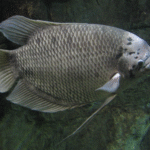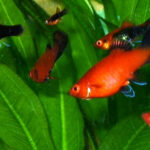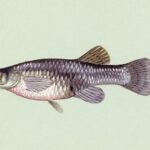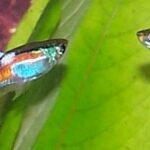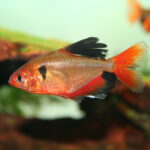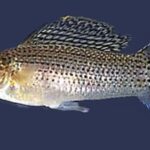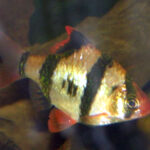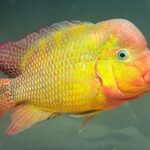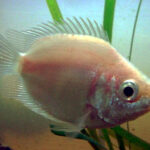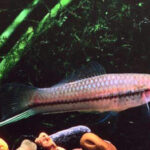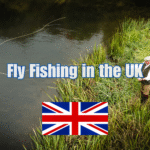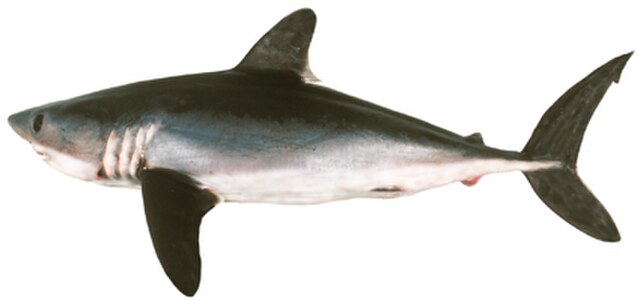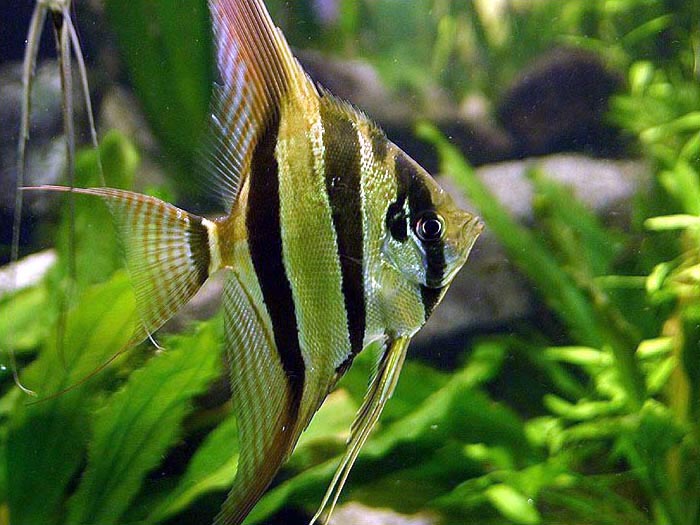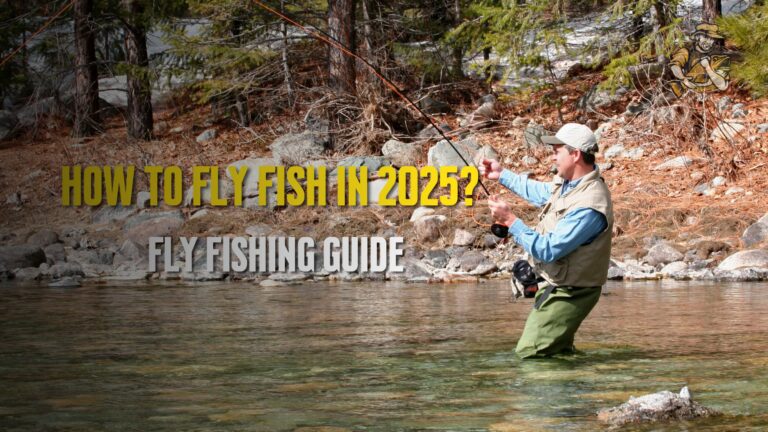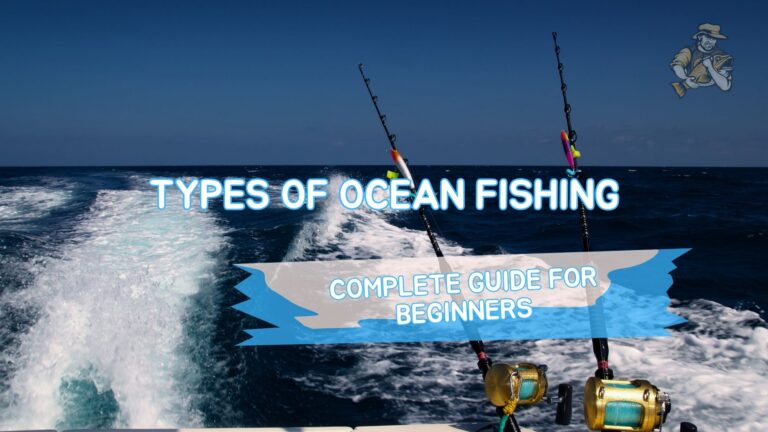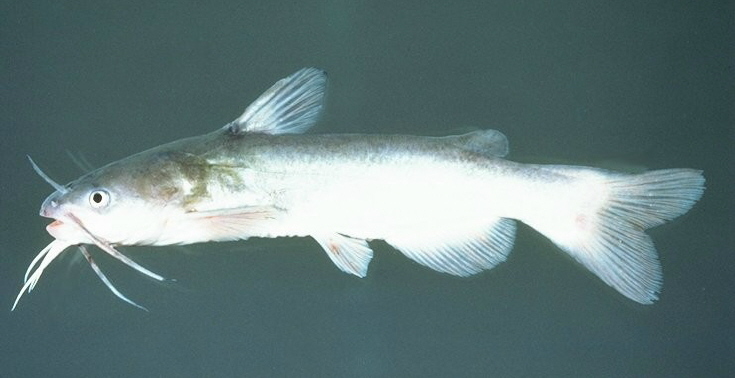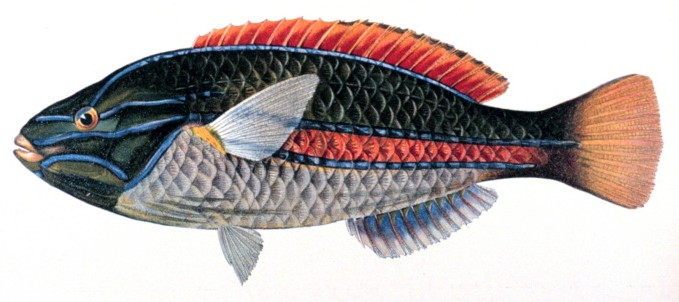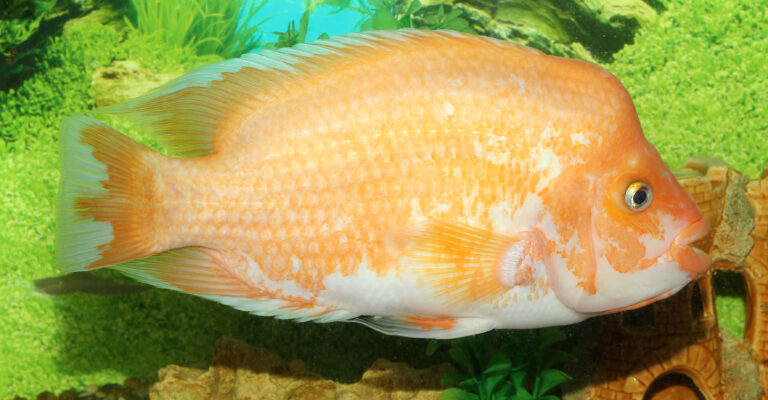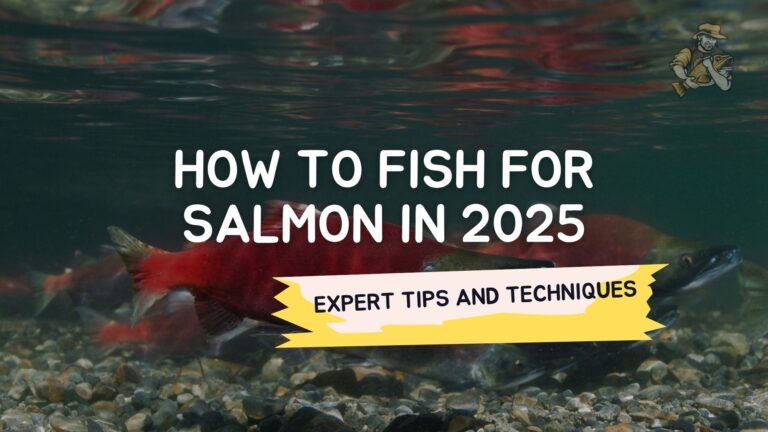Paradise Fish
By Ryan Maron | Last Modified: June 10, 2025
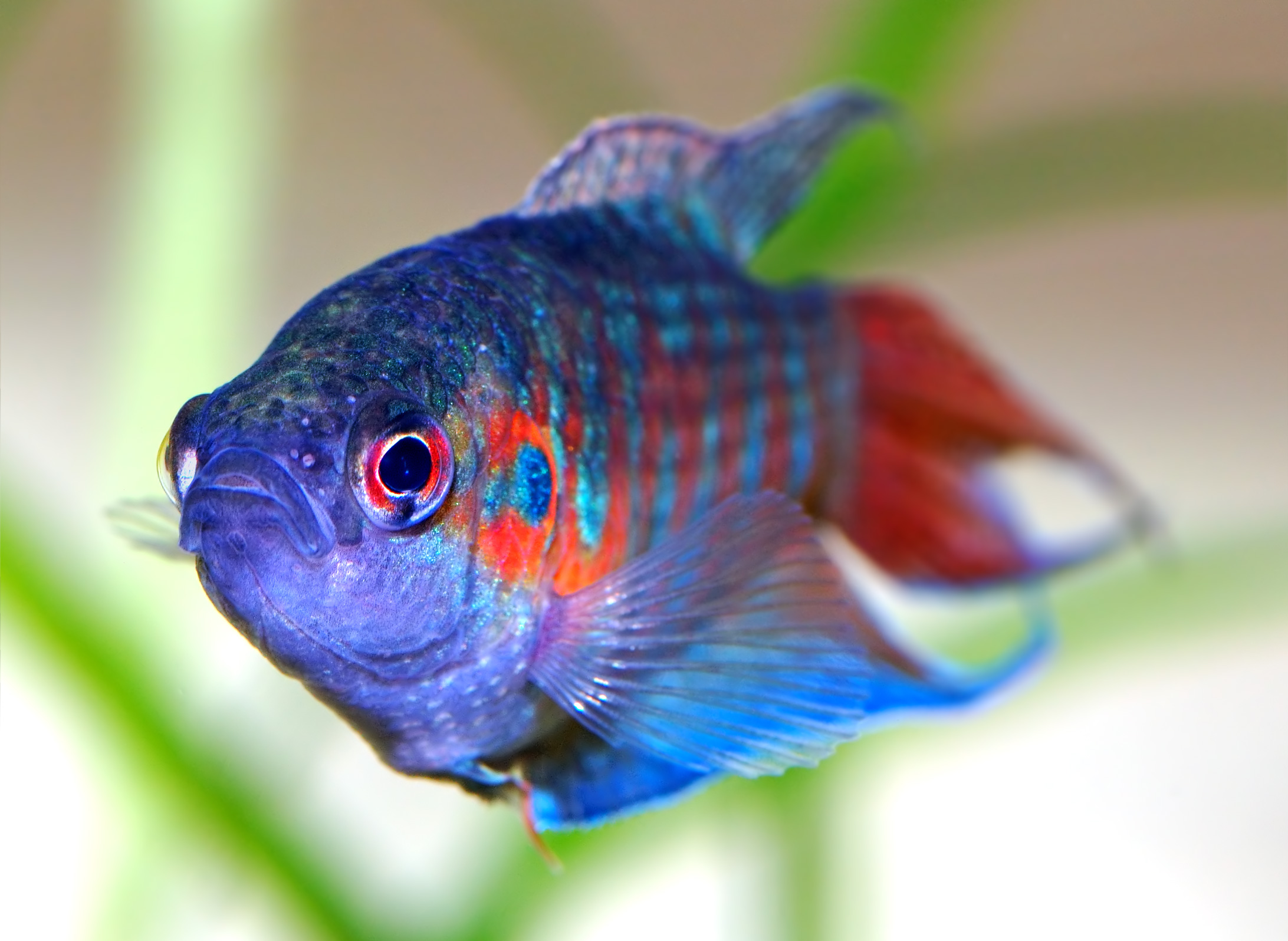
The Paradise Fish stands as one of the most remarkable representatives of the labyrinth fish family, captivating aquarists and marine biologists alike with its vibrant coloration and fascinating behavioral adaptations. Known scientifically as Macropodus opercularis, this hardy freshwater species belongs to the gourami family and represents a crucial component of East Asian aquatic ecosystems. The Paradise Fish holds particular significance as one of the first tropical fish species successfully maintained in Western aquariums during the late 19th century, establishing its enduring role in both ornamental fishkeeping and scientific research.
This species demonstrates exceptional ecological adaptability, thriving in diverse freshwater environments from shallow rice paddies to deeper pond systems throughout its native range. Paradise Fish serve as both predator and prey within their aquatic communities, maintaining population balance among smaller invertebrates while providing sustenance for larger fish species and aquatic birds. Their unique physiological adaptations, including the specialized labyrinth organ that enables atmospheric breathing, have made them subjects of extensive evolutionary and physiological studies.
| Feature | Details |
|---|---|
| Common Name | Paradise Fish |
| Scientific Name | Macropodus opercularis |
| Family | Osphronemidae |
| Typical Size | 8-10 cm (3-4 inches), 15-25 grams |
| Habitat | Shallow freshwater systems |
| Diet | Omnivorous opportunist |
| Distribution | East Asia, introduced worldwide |
| Conservation Status | Least Concern |
Taxonomy & Classification
The Paradise Fish belongs to the order Perciformes, specifically within the suborder Anabantoidei, which encompasses all labyrinth fish species. Within the family Osphronemidae, Macropodus opercularis represents the type species of the genus Macropodus, first described by Carl Linnaeus in 1758. The genus name derives from Greek roots meaning “long foot,” referencing the extended pelvic fins characteristic of these fish, while the species epithet “opercularis” refers to the distinctive gill cover markings.
Recent phylogenetic analyses have revealed complex relationships within the Macropodus genus, with some populations previously considered M. opercularis now recognized as distinct species. The Paradise Fish complex includes several closely related forms distributed across different geographic regions, including M. spechti from Vietnam and M. hongkongensis from southern China. Molecular studies indicate that true M. opercularis populations originated in the Yangtze River basin and surrounding watersheds.
The family Osphronemidae encompasses approximately 133 species across 15 genera, with Paradise Fish representing one of the most widely distributed and ecologically successful members. This taxonomic group shares the defining characteristic of possessing a labyrinth organ, a specialized respiratory structure that distinguishes them from other perciform families. The evolutionary development of this organ has enabled colonization of oxygen-poor aquatic environments throughout tropical and subtropical Asia.
Physical Description
Paradise Fish exhibit remarkable sexual dimorphism and color variation that makes them among the most visually striking freshwater species. Adult males typically reach lengths of 8-10 centimeters, displaying elongated dorsal and anal fins with flowing, ribbon-like extensions. The body coloration consists of alternating vertical bands of blue-green and orange-red, creating a striking pattern that intensifies during breeding periods. These bands extend into the unpaired fins, creating an almost flame-like appearance when the fish displays territorially.
Female Paradise Fish maintain more subdued coloration with shorter fins and a generally more robust body profile. The banding pattern remains visible but appears less vibrant, with colors trending toward olive-green and pale orange. During spawning readiness, females develop a distinctly rounded abdomen and may show increased color intensity in the ventral region. Both sexes possess the characteristic thread-like pelvic fins that extend well beyond the anal fin origin.
The species demonstrates considerable geographic variation in coloration and fin development. Northern populations tend toward more pronounced blue coloration, while southern forms often display enhanced red pigmentation. Wild specimens typically show more muted colors compared to selectively bred aquarium strains, which have been developed to emphasize particular color traits. The caudal fin exhibits a distinctive lyre shape in mature specimens, with the outer rays extending significantly beyond the central portion.
Paradise Fish possess relatively large scales with distinct ctenii, creating a rough texture when handled. The lateral line system remains incomplete, terminating near the posterior portion of the anal fin base. Head morphology includes a slightly upturned mouth adapted for surface feeding, with small but functional pharyngeal teeth suitable for processing both plant and animal matter.
Habitat & Distribution
The natural range of Paradise Fish encompasses temperate and subtropical regions of East Asia, with core populations distributed throughout the Yangtze River system, Pearl River basin, and associated tributary networks in China, northern Vietnam, Laos, and historically in Korea. These fish demonstrate remarkable habitat flexibility, occupying environments ranging from fast-flowing mountain streams to stagnant rice paddies and urban water retention ponds.
Wild Paradise Fish populations thrive in shallow water bodies characterized by dense aquatic vegetation, soft substrates, and seasonal temperature fluctuations. They commonly inhabit areas with water depths between 0.3 and 2 meters, where abundant plant cover provides both foraging opportunities and protection from predators. The species shows particular affinity for environments with moderate water flow and pH levels ranging from 6.0 to 7.5.
Temperature tolerance represents one of the most remarkable aspects of Paradise Fish ecology. Unlike most tropical fish species, they can survive water temperatures from 10°C to 35°C, enabling survival through seasonal climate variations typical of their temperate distribution range. This thermal adaptability has facilitated their establishment as an invasive species in numerous regions worldwide, including parts of Australia, New Zealand, and several U.S. states.
Human activities have significantly expanded Paradise Fish distribution through both intentional introductions and aquarium releases. Established populations now exist in thermally influenced waters throughout temperate regions, particularly near power plant discharge areas and urban heat islands. These introduced populations often colonize degraded habitats unsuitable for native fish species, demonstrating their role as ecological generalists capable of exploiting disturbed environments.
The species exhibits strong site fidelity during breeding seasons but may undertake limited migrations in response to seasonal water level changes. During winter months in northern portions of their range, Paradise Fish often congregate in deeper areas or spring-fed locations that maintain more stable temperatures. This behavioral adaptation enables survival in regions where surface waters may approach freezing temperatures.
Diet & Feeding Behavior
Paradise Fish function as opportunistic omnivores with feeding strategies that adapt to seasonal prey availability and habitat conditions. Their natural diet encompasses a diverse array of small invertebrates, including mosquito larvae, chironomid midge larvae, small crustaceans, and various zooplankton species. Plant material comprises a significant dietary component, particularly during seasons when animal prey becomes scarce.
Surface feeding behavior represents a primary foraging strategy, with Paradise Fish positioning themselves just below the water surface to capture emerging insects and fallen terrestrial arthropods. Their upturned mouth morphology and ability to breathe atmospheric air enables extended surface hunting sessions. They demonstrate particular efficiency at capturing dipteran larvae and pupae during peak emergence periods.
Benthic foraging occurs primarily during dawn and dusk periods when Paradise Fish descend to substrate levels to probe soft sediments for buried invertebrates. They employ a characteristic head-down posture while sifting through detritus and organic matter, extracting small worms, insect larvae, and microcrustaceans. This feeding behavior often creates small disturbances in fine sediments that can be observed as feeding sign by researchers.
Seasonal dietary shifts reflect prey availability changes throughout the year. During spring and summer months, animal protein comprises up to 70% of stomach contents, with insects and their larvae dominating. Autumn and winter feeding patterns show increased reliance on plant material, including algae, small seeds, and decomposing vegetation. This dietary flexibility enables Paradise Fish to maintain nutritional balance across varying environmental conditions.
Feeding frequency and intensity correlate strongly with water temperature, with peak consumption occurring at temperatures between 20°C and 28°C. Below 15°C, feeding activity decreases significantly, and fish may enter periods of reduced metabolic activity lasting several weeks. The species’ ability to survive extended periods without feeding contributes to their success in seasonally variable environments.
Behavior & Adaptations
Paradise Fish exhibit complex behavioral repertoires that reflect their evolutionary adaptations to variable aquatic environments. Territorial behavior represents one of their most pronounced characteristics, with mature males establishing and defending breeding territories covering 1-3 square meters of suitable habitat. Territory boundaries are maintained through visual displays, aggressive posturing, and direct physical confrontation when necessary.
The species demonstrates remarkable temperature adaptation capabilities that distinguish them from most tropical fish species. Paradise Fish can rapidly adjust their metabolic rate in response to temperature changes, enabling survival in conditions that would prove fatal to less adaptable species. During cold periods, they enter a state of reduced activity while maintaining basic physiological functions through metabolic depression.
Labyrinth organ functionality enables Paradise Fish to survive in oxygen-depleted waters that exclude most other fish species. This specialized respiratory structure allows direct extraction of oxygen from atmospheric air, providing crucial survival advantages in stagnant or polluted water bodies. Regular surface breathing behavior becomes more frequent as dissolved oxygen levels decrease or water temperatures rise.
Social hierarchies develop within Paradise Fish populations, particularly in confined spaces or during resource competition. Dominant individuals typically display more intense coloration and secure preferential access to feeding areas and spawning sites. Subordinate fish often exhibit stress-related color patterns and may be excluded from prime habitat areas during peak breeding periods.
Predator avoidance strategies include rapid escape responses, utilization of dense vegetation cover, and coordination with conspecifics during feeding activities. Paradise Fish demonstrate learned avoidance behaviors toward persistent threats and can modify their activity patterns to reduce predation risk. Their ability to remain motionless among vegetation provides effective camouflage against visual predators.
The species shows notable adaptability to human-modified environments, often thriving in urban water bodies, agricultural drainage systems, and other disturbed habitats. This behavioral flexibility has contributed significantly to their success as an introduced species in numerous regions outside their native range.
Reproduction & Life Cycle
Paradise Fish reproduction follows a complex seasonal pattern closely linked to temperature cycles and photoperiod changes. Breeding activity typically commences when water temperatures reach 18-20°C and continues through warmer months, with peak spawning occurring between 22-26°C. Males establish breeding territories and construct bubble nests at the water surface, usually anchored to floating vegetation or other suitable substrate.
Nest construction involves the male producing mucus-coated air bubbles that form a floating foam mass typically measuring 5-10 centimeters in diameter. The structure may require 12-24 hours to complete, with males continuously adding bubbles to maintain nest integrity. Nest site selection focuses on areas with minimal water movement and adequate surface cover to protect developing embryos.
Courtship behavior includes elaborate displays where males showcase their extended fins and intensified coloration to attract females. The courtship process involves ritualized swimming patterns, with males leading females toward the prepared nest site. Spawning occurs through a characteristic embrace beneath the bubble nest, with the male curving his body around the female to facilitate egg and sperm release.
Females typically produce 200-500 eggs per spawning event, with larger individuals capable of releasing up to 800 eggs. The spherical eggs measure approximately 1 millimeter in diameter and exhibit positive buoyancy that carries them into the bubble nest structure. Males immediately begin collecting any fallen eggs and transferring them back to the nest using their mouths.
Parental care responsibilities fall exclusively to the male, who guards the nest and maintains its structure throughout the incubation period. Embryonic development proceeds rapidly at optimal temperatures, with hatching occurring 24-48 hours post-fertilization. Newly hatched larvae remain attached to the nest for an additional 2-3 days while absorbing their yolk sacs.
Free-swimming fry measure approximately 3-4 millimeters at independence and initially feed on microscopic organisms near the water surface. Growth rates vary considerably with temperature and food availability, but juvenile Paradise Fish typically reach sexual maturity at 6-8 months of age under favorable conditions. Maximum lifespan in wild populations ranges from 3-5 years, though aquarium specimens may live slightly longer under optimal care conditions.
Predators & Threats
Paradise Fish face predation pressure from various aquatic and semi-aquatic species throughout their life cycle, with vulnerability patterns changing significantly as they mature. Larval and juvenile stages experience high predation rates from invertebrate predators, including dragonfly nymphs, water beetles, and large copepods. These early life stages rely primarily on vegetation cover and rapid growth to reduce predation susceptibility.
Adult Paradise Fish encounter predation from larger fish species, including pike, bass, and other piscivorous species present in their habitats. Aquatic birds, particularly herons, egrets, and kingfishers, represent significant predators in shallow water environments where Paradise Fish commonly feed and breed. The species’ surface-feeding behavior increases exposure to avian predators during daylight hours.
Water quality degradation poses substantial threats to Paradise Fish populations, particularly in urban and agricultural landscapes where chemical runoff, nutrient pollution, and habitat modification occur. While the species demonstrates remarkable tolerance to poor water conditions compared to most fish, severe pollution events can still cause population declines or local extinctions.
Habitat destruction through wetland drainage, stream channelization, and urban development has reduced available spawning and nursery habitat throughout much of their native range. Rice paddy cultivation practices, while providing some suitable habitat, often involve pesticide applications that can negatively impact Paradise Fish populations and their prey base.
Climate change impacts on Paradise Fish populations remain complex, as their temperature tolerance provides some buffering against warming trends. However, extreme weather events, altered precipitation patterns, and changes in seasonal temperature cycles could disrupt critical breeding and feeding periods. Extended drought conditions may eliminate shallow water spawning areas essential for successful reproduction.
Invasive species introductions create competitive pressure and predation threats in some regions where Paradise Fish have been established outside their native range. Similarly, their own introduction to non-native environments has created management challenges in ecosystems where they compete with indigenous species for resources and habitat.
Disease outbreaks, particularly viral and bacterial infections, can cause significant mortality in dense Paradise Fish populations. Their ability to survive in crowded conditions may increase disease transmission rates during periods of environmental stress or habitat limitation.
Conservation Status
The International Union for Conservation of Nature currently classifies Paradise Fish as Least Concern due to their wide distribution, stable population trends, and remarkable adaptability to diverse environmental conditions. However, this broad classification masks significant regional variations in population status and emerging conservation challenges within their native range.
Within their core East Asian distribution, Paradise Fish populations have experienced localized declines due to rapid urbanization, agricultural intensification, and aquatic habitat modification. Traditional rice paddy systems that historically provided extensive breeding habitat have been converted to intensive agriculture or urban development in many regions. These changes have fragmented populations and reduced connectivity between breeding areas.
Water pollution represents an escalating threat to Paradise Fish populations in industrialized regions of China, where heavy metal contamination, organic pollutants, and acidification have degraded aquatic ecosystems. While the species demonstrates tolerance to moderate pollution levels, severe contamination can eliminate populations from historically occupied habitats.
Conservation efforts for Paradise Fish primarily focus on habitat protection and restoration rather than direct species management. Wetland conservation programs in East Asia provide indirect benefits by preserving the shallow water environments essential for Paradise Fish reproduction and survival. Rice paddy conservation initiatives that maintain traditional flooding cycles also support population persistence.
Research priorities include population genetics studies to identify distinct evolutionary units requiring separate conservation consideration, long-term monitoring of population trends in key watersheds, and assessment of climate change impacts on breeding success and distribution ranges. Understanding the ecological role of Paradise Fish in native ecosystems helps inform management decisions in both native and introduced ranges.
International aquarium trade regulations help prevent overexploitation of wild populations, though most commercially available Paradise Fish originate from captive breeding programs rather than wild collection. Responsible aquarium keeping practices, including prevention of releases into natural waters, remain important for preventing additional invasive population establishment.
The species’ success as an introduced species in numerous regions worldwide demonstrates their ecological resilience but also highlights the need for careful management to prevent negative impacts on native ecosystems. Balancing conservation of native Paradise Fish populations with control of invasive populations presents ongoing challenges for natural resource managers.
Human Interaction
Paradise Fish hold exceptional historical significance in the development of the ornamental fish industry, representing one of the first tropical species successfully maintained in European and North American aquariums during the 1860s. Their hardiness, attractive appearance, and relatively simple breeding requirements established them as foundational species in early aquaculture development. This historical role contributed to the expansion of fishkeeping as both a scientific pursuit and popular hobby.
Modern aquarium trade continues to feature Paradise Fish, though their popularity has declined compared to more recently introduced species. They remain valued by experienced aquarists for their historical significance, interesting behaviors, and educational value in demonstrating labyrinth fish biology. Captive breeding programs have produced numerous color variants and fin types not found in wild populations.
In their native range, Paradise Fish provide important ecosystem services including mosquito larvae control in rice paddies and urban water retention areas. This biological control function has economic value in reducing disease vector populations and minimizing pesticide requirements in agricultural systems. Traditional ecological knowledge among rural communities recognizes their role in maintaining balanced aquatic ecosystems.
Scientific research applications of Paradise Fish span multiple disciplines, including comparative physiology, evolutionary biology, and environmental toxicology. Their temperature tolerance and labyrinth organ functionality make them valuable model organisms for studying environmental adaptation mechanisms. Research on their invasive biology provides insights into species establishment processes and ecosystem impacts.
Fisheries databases document Paradise Fish presence in numerous water bodies worldwide, reflecting both their natural distribution and human-mediated introductions. Management strategies vary significantly between native and introduced ranges, with conservation efforts in Asia contrasting with control programs in regions where they represent invasive species.
Educational programs in schools and aquarium facilities frequently feature Paradise Fish to demonstrate fish biology, aquatic ecosystems, and environmental adaptation concepts. Their observable behaviors, including nest building and parental care, provide excellent opportunities for student engagement and scientific observation skills development.
The species’ role in early aquarium hobby development connects to broader themes in natural history, international trade, and cultural exchange during the Victorian era. Museum collections and historical records document their introduction pathways and early cultivation techniques that influenced modern aquaculture practices.
Interesting Facts
Paradise Fish possess the remarkable ability to survive brief periods out of water, utilizing their labyrinth organ to extract oxygen directly from air. This adaptation enables them to traverse short distances overland between disconnected water bodies, contributing to their colonization success in fragmented habitats. Documented survival times out of water can exceed several hours under humid conditions.
The species exhibits temperature-dependent sex determination in some populations, with water temperature during critical developmental periods influencing the ratio of males to females produced. This phenomenon may contribute to population-level responses to climate variations and represents an important consideration for captive breeding programs.
Paradise Fish demonstrate sophisticated nest-building behaviors that include incorporation of plant materials, debris, and even small objects to strengthen bubble nest structures. Males have been observed selecting specific materials based on availability and nest requirements, suggesting cognitive flexibility in construction techniques.
Color-changing abilities extend beyond simple breeding coloration, with Paradise Fish capable of rapid color shifts in response to social interactions, environmental conditions, and stress levels. These changes can occur within minutes and involve both chromatophore activity and iridophore reflectance modifications that alter their overall appearance.
The species played a crucial role in early genetic research, with some of the first documented fish hybridization experiments conducted using Paradise Fish crosses with related species. These studies contributed to understanding fish genetics and reproductive biology during the late 19th and early 20th centuries.
Wild Paradise Fish populations in northern China enter a form of hibernation during winter months, reducing their metabolic rate by up to 80% while maintaining basic physiological functions. This adaptation enables survival through extended periods of near-freezing water temperatures that would be fatal to most tropical fish species.
Historical records indicate that Paradise Fish were among the first live fish transported by air, with early aviation pioneers carrying specimens between distant locations during the 1920s and 1930s. Their hardiness made them ideal subjects for testing long-distance live animal transport methods.
The species demonstrates remarkable learning abilities, including recognition of individual humans, response to feeding schedules, and adaptation to complex aquarium environments. Laboratory studies have documented memory retention periods exceeding several weeks for spatial and temporal learning tasks.
Paradise Fish populations in some introduced ranges have developed novel ecological relationships with native species, including cleaning behaviors where they remove parasites from larger fish species. These interactions represent evolutionary adaptations occurring over relatively short time periods following introduction.
Frequently Asked Questions
How long do Paradise Fish typically live in aquarium environments?
Paradise Fish maintained under optimal aquarium conditions typically live 4-6 years, with exceptional specimens reaching 7-8 years of age. Their lifespan depends heavily on water quality, temperature stability, diet quality, and stress levels. Providing appropriate tank mates, adequate space, and consistent care significantly extends their life expectancy compared to wild populations.
Can Paradise Fish survive in unheated aquariums in temperate climates?
Yes, Paradise Fish can survive in unheated aquariums within temperate regions, tolerating temperatures as low as 10°C for extended periods. However, optimal health and breeding activity require temperatures between 20-26°C. During cooler periods, their activity level and feeding frequency decrease significantly, but they rarely experience temperature-related mortality in indoor environments.
Are Paradise Fish suitable for community aquarium setups?
Paradise Fish compatibility in community aquariums depends on tank size, species selection, and individual temperament. Males can be territorial and aggressive, particularly during breeding periods, making them unsuitable for tanks with small or peaceful species. They generally coexist well with similarly sized, robust fish species but require careful monitoring for aggressive behaviors.
How can aquarists encourage Paradise Fish breeding behavior?
Successful Paradise Fish breeding requires gradual temperature increases to 24-26°C, provision of floating plants or surfaces for nest attachment, and separation of breeding pairs from other tank inhabitants. Conditioning parents with high-quality foods, maintaining excellent water quality, and providing adequate surface area for bubble nest construction are essential for reproductive success.
Conclusion
Paradise Fish represent a remarkable example of evolutionary adaptation and ecological flexibility, demonstrating the capacity for successful colonization across diverse aquatic environments worldwide. Their dual role as both valued aquarium species and significant invasive organisms illustrates the complex relationships between human activities and aquatic ecosystem dynamics. Understanding Paradise Fish biology, behavior, and ecological impacts remains crucial for both conservation efforts in their native range and management strategies in introduced regions, ensuring balanced approaches that recognize their historical importance while addressing contemporary ecological challenges.
Share The Article:
More Fish Species:
-
Convict Cichlid
The Convict Cichlid (Amatitlania nigrofasciata) stands as one of the most recognizable and widely distributed freshwater fish species in…
-
Stonecat
The Stonecat (Noturus flavus) represents one of North America’s most distinctive freshwater catfish species, serving as a crucial indicator…
-
Porbeagle Shark
The Porbeagle Shark (*Lamna nasus*) stands as one of the most fascinating and ecologically significant predators in the North…
-
Angelfish
Angelfish represent one of the most recognizable and ecologically significant families of marine fish, encompassing over 85 species distributed…
-
Bubble Eye Goldfish
The Bubble Eye Goldfish stands as one of the most distinctive and recognizable varieties of ornamental goldfish, captivating aquarists…
-
Mickey Mouse Platy
The Mickey Mouse Platy (*Xiphophorus maculatus*) stands as one of the most recognizable and beloved freshwater aquarium fish in…
Discover
-
Texas Fishing License Guide: 2025 Costs & Requirements
I still remember the day a Texas game warden approached me on Lake Texoma while I was reeling in…
-
7 Shark Fishing Tactics That Actually Work (Expert Guide)
Shark fishing remains one of those bucket-list experiences that separates casual anglers from the truly adventure-hungry. But here’s the…
-
Fly Fishing | How to fly fish in 2025?
Fly fishing has changed a lot since I first picked up a rod back in the mid-90s. The fundamentals…
-
Kayaking Fishing: Ultimate Guide for Water Adventurers
There’s something magical about gliding across the water in a kayak with a fishing rod in hand. The stealthy…
-
How to Fish a Jellyfish: Safe Methods & Expert Tips
Jellyfish fishing is a specialized niche within the broader world of angling that requires unique techniques, specific knowledge, and…
-
Types of Ocean Fishing: Complete Guide for Beginners
There’s something magical about standing at the edge of the vast ocean with a fishing rod in hand. I’ve…
Discover
-
White Catfish
The White Catfish represents one of North America’s most adaptable freshwater species, serving as both an important commercial fish…
-
Rainbowfish
Rainbowfish represent one of the most visually striking and ecologically significant groups of freshwater fish found across Australia, New…
-
How to Spool a Baitcaster for Beginners: 6 Simple Steps
I remember the first time I tried spooling a baitcaster reel. What should have been a simple 15-minute job…
-
Texas Saltwater Fishing: Essential Tips From Adam
It was June 2010, and man was I cocky heading into that first Texas saltwater trip. Drove down from…
-
Midas Cichlid
The Midas Cichlid (Amphilophus citrinellus) stands as one of Central America’s most recognizable and ecologically significant freshwater fish species….
-
How to Fish for Salmon in 2025: Expert Tips and Techniques
Few fishing experiences match the thrill of feeling a salmon take your line. These powerful fish have captivated anglers…

